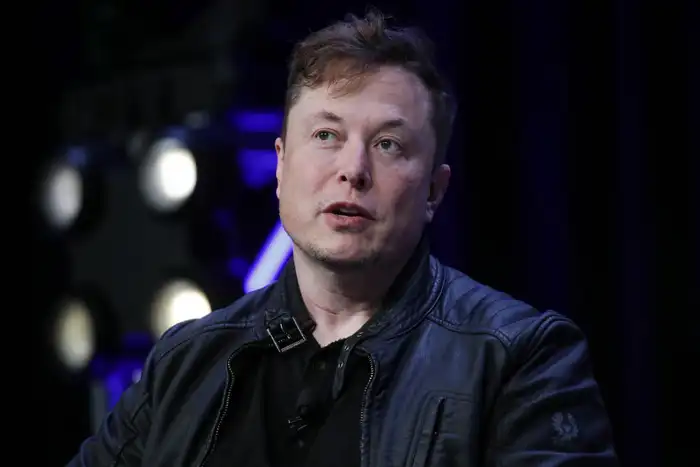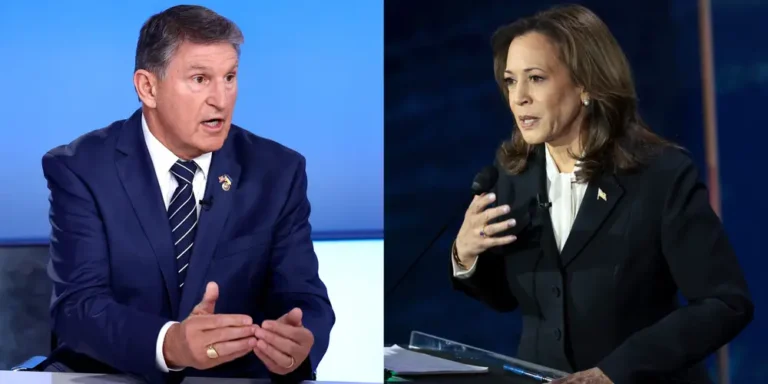I was at the protests in Seoul against martial law. Here’s what I saw.

Andrew Minjun Park (not pictured), 27, participated in the protests outside the South Korean National Assembly building that went on until Wednesday morning.
I was preparing for my political science Ph.D. applications on Tuesday when I heard the news about South Korean President Yoon Suk Yeol declaring martial law.
At first, I thought it was fake news. Putting the country under martial law is something that’s often associated with the authoritarian governments South Korea had in the ’70s and ’80s.
But after watching the president’s address on YouTube, I realized he was dead serious.
To me, this was a critical moment in Korea’s modern history

South Korean President Yoon Suk Yeol declared martial law in a shock address on Tuesday. In his speech, Yoon accused the opposition of “anti-state” activities and of being sympathetic to North Korea.
Initially, I didn’t want to join the protests that were forming outside the National Assembly building.
There was a possibility the protests could turn violent. You could also get arrested since protests are illegal under martial law.
But as more and more photos of security forces descending on the building came in, it began to dawn on me that this situation couldn’t be taken lightly.
The president had crossed the line when he got the military involved. What he had done posed a risk to democracy.
To me, this was a critical moment in Korea’s modern history.
I knew I would regret it for the rest of my life if I didn’t head down to the National Assembly.
The protests were scattered at first

Park arrived at the National Assembly building at about 11:45 p.m. local time on Tuesday. By then, there was already a large crowd of protesters there.
I took the subway to the National Assembly. Unlike most nights, the train was packed. I think a few hundred people got off with me at the station when we arrived.
By the time I got to the building, it was around 11:45 p.m.
There was a police bus parked in front of the building’s gate to prevent protesters from entering the National Assembly. I also saw helicopters flying over the building.
At first, the protests were scattered. Some groups were near the gate, while others were lingering behind. There didn’t seem to be any central leadership.
I noticed that many of the people who were already there seemed to be party members or unionists. The unionists were wearing uniforms and waving their unions’ flags.
But at around 12:30 a.m. or so, I started to see families and students arriving in larger numbers. Some parents brought their children along.
This was my first protest, and I wasn’t prepared for the physical aspects of it.
It was really cold, and my hands hurt from trying to hold up a banner I had made. And because it was so crowded, I kept bumping into people.
When the National Assembly voted unanimously to block the president’s decree, the protests’ agenda began to shift toward calling for the arrest and impeachment of President Yoon.
The protests took place in a peaceful manner.
At around 4:30 a.m. or so, the president announced he would lift martial law and withdraw the troops. Cheers broke out among the protesters. That was when I decided to take a cab back home.
The situation is not over yet
After getting home, I called my parents to tell them I had gone to the protests. I had originally told them that I wasn’t going to participate in the protests because I could tell they were worried.
They told me I had made the right decision in going. Both of my parents lived through martial law when they were young.
I am wary of what could happen next. There have been calls for President Yoon to resign and for him to be impeached or indicted.
If there are more protests calling for Yoon’s removal, I think I will definitely be there, too.






